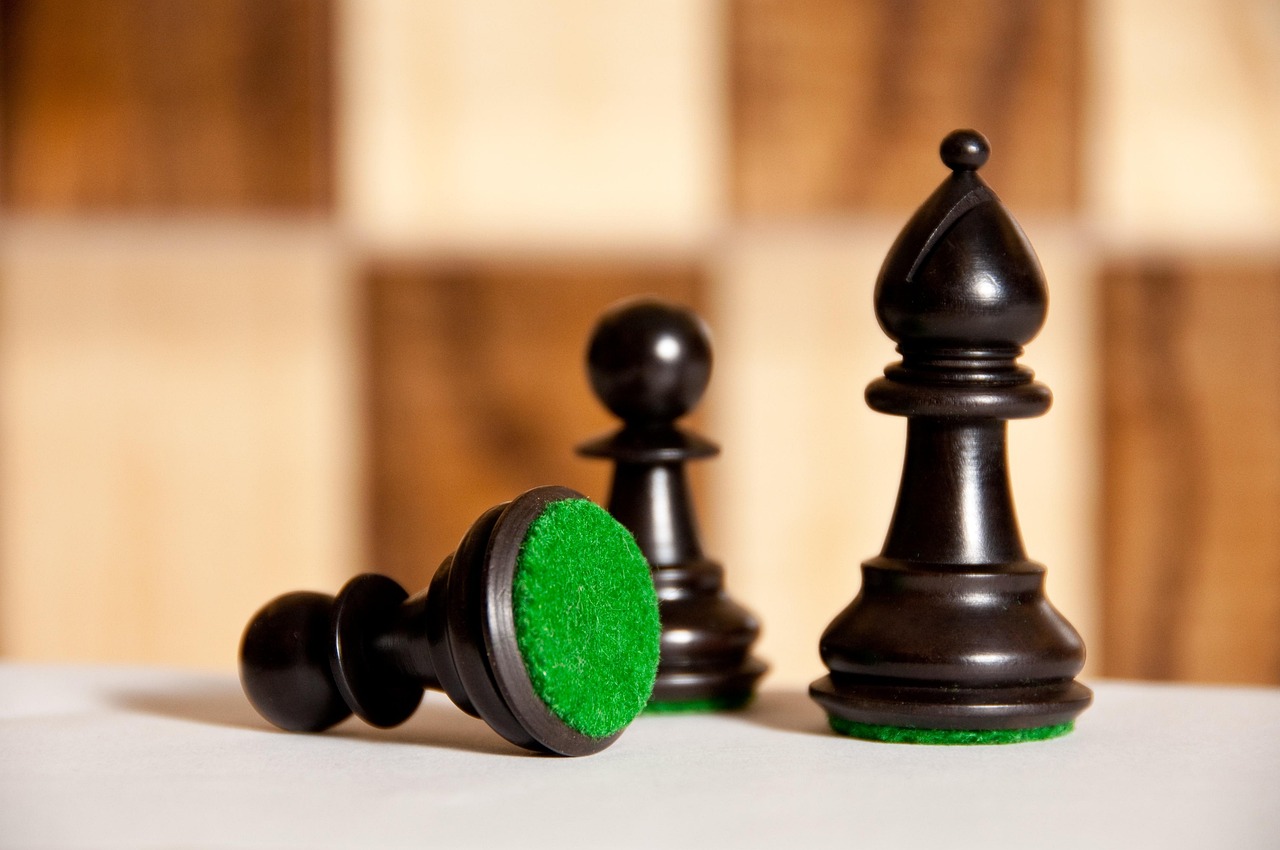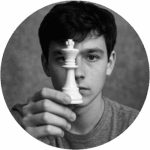Three rounds in and I’ve had Black every time.
Dad says it’s character-building.
I say it’s a bug.
At school nobody cares. I try to explain colour balance in the Swiss system at lunch and someone throws a grape at me. In the evening I check the pairings again, just in case the arbiter fixed it. He hasn’t.
Swiss Perfect’s supposed to alternate colours, but it also tries to keep pairings within score groups. So if you start off unlucky, the algorithm can trap you in a run. You can get four Blacks in a row before the system’s tiebreak logic decides you deserve daylight again.
Dad says, “It’s rigged against you because you overthink it.”
He says this while eating crisps on the sofa, which doesn’t help.
Mum says, “Be grateful they’re even running tournaments again.”
That’s her version of support.
I check my games. The first was decent. The second was a draw I should’ve won. The third, I blundered a knight in the endgame because I was too busy thinking about how unfair it was to be defending again.
At training, Coach Víctor says colour runs happen all the time. He shows me how FIDE pairing rules try to keep balance but don’t always succeed. “The algorithm doesn’t hate you,” he says. “It just doesn’t know you exist.”
He writes on the whiteboard: ‘Colour preference is statistical, not moral.’ Then he grins and asks if I know the average expected run length in a 9-round event. I don’t. He tells me to work it out. Homework.
That night, I sit at my desk, board folded, window open. The street smells of fried food from the bar downstairs. I open Swiss Perfect, enter fake names, generate pairings, delete them, do it again. I get a four-Black sequence by round five, just like before. I stare at the screen and almost laugh.
Dad walks in and says, “Still losing to computers?”
I tell him I’m testing fairness.
He says, “Fairness is a myth invented by losers.”
Then he goes to bed.
I stay up another half-hour trying to find a pattern. There isn’t one. The pairing system isn’t emotional. It doesn’t care who gets which colour or who’s had a rough week. It just follows the rules.
When I finally close the laptop, I realise that’s kind of comforting. If the system doesn’t care, it means I can stop taking it personally.
Next round’s on Saturday. If I get Black again, I’ll just play better.
Field note
In the Swiss system, colour allocation follows FIDE rules B.2 to B.6. Each player carries a “colour preference” based on previous rounds. The program (like Swiss Perfect) first tries to satisfy score-group pairing, then colour balance, and finally floaters. When conflicts occur, the pairing priority list takes precedence over colour correction, which is why runs of three or more identical colours are allowed if needed to maintain proper pairing order.


